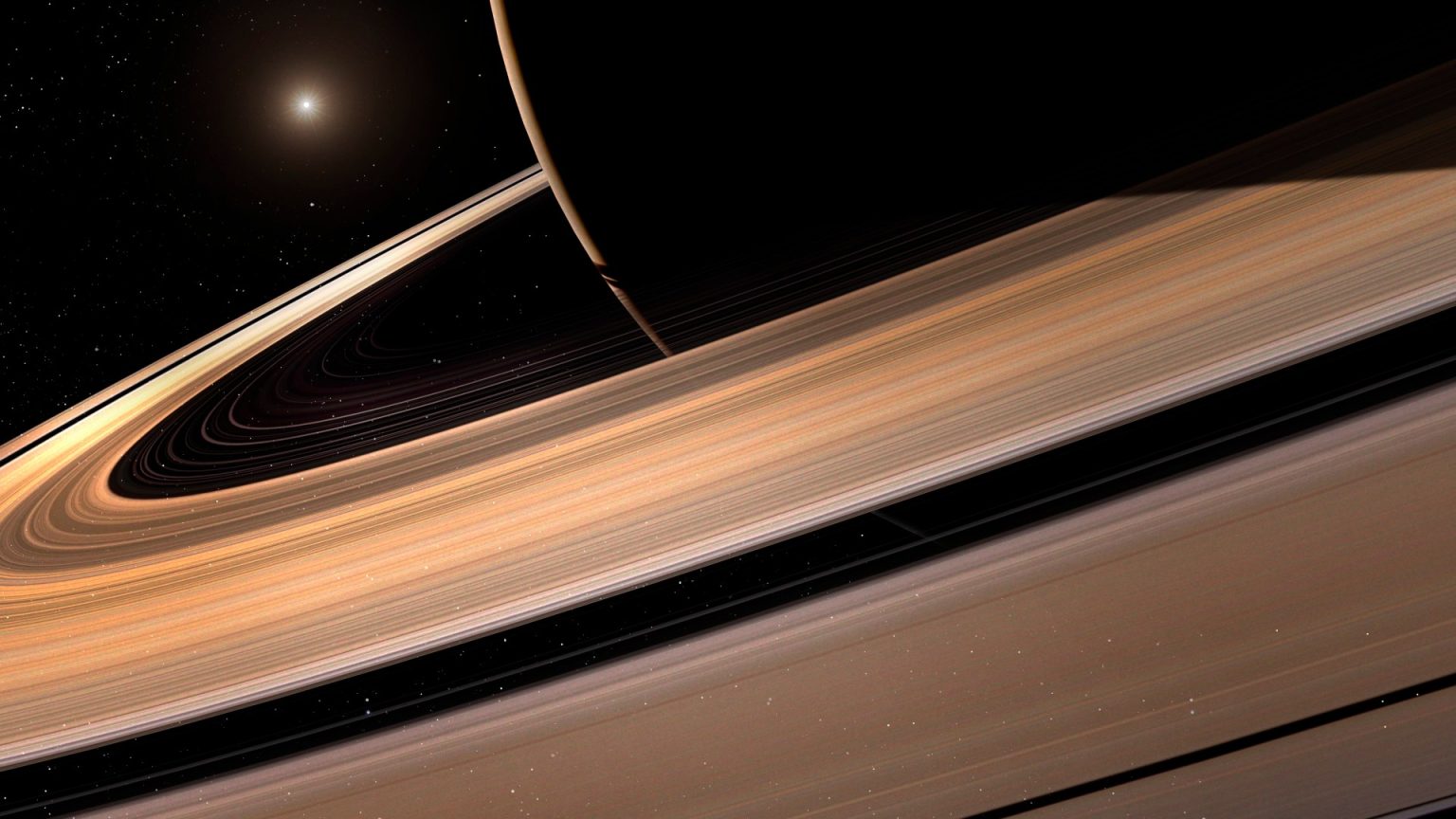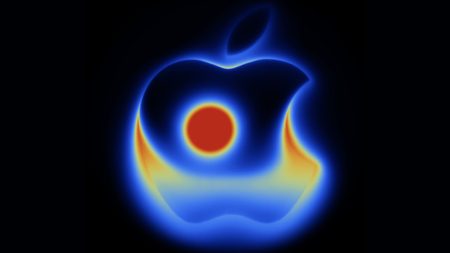Saturn’s rings, a celestial marvel of our solar system, are about to seemingly vanish from our earthly perspective. This temporary disappearance, an illusion created by the planet’s tilt relative to Earth, is a recurring phenomenon known as a ring-plane crossing. As Saturn’s tilt shifts, the angle at which we view the rings decreases, making the vast, icy structures appear as a thin, almost invisible line. This perspective trickery will render the rings virtually undetectable from Earth, even with the aid of telescopes, for a brief period around March 23rd. While this disappearance is temporary, it offers a glimpse into a potential future, millions of years away, when Saturn’s rings might disappear permanently.
The current viewing angle of Saturn’s rings is approximately 3.7 degrees, a significant decrease from the more observable 9 degrees late last year. This shrinking angle contributes to the impending visual disappearance. Though a telescope might offer a fleeting glimpse before the 23rd, the optimal viewing period has passed. Fortunately, this cosmic hide-and-seek game is cyclical. After a brief disappearance, the rings will gradually reappear, becoming increasingly visible as Saturn tilts away from Earth. The next grand spectacle will occur in 2032, when Saturn reaches its maximum tilt towards Earth, presenting the most brilliant view of the rings for a decade. This cyclical pattern of visibility is dictated by Saturn’s orbital mechanics and its axial tilt, with ring-plane crossings occurring roughly every 13 to 16 years.
The previous ring-plane crossing occurred in 2009, providing a similar period of diminished ring visibility. This recurrent phenomenon not only offers a unique viewing experience – or lack thereof – but also serves as a reminder of the dynamic nature of celestial bodies. The temporary disappearance underscores the complex interplay of planetary orbits and tilts, creating a constantly shifting cosmic ballet. This dynamic cosmic dance is responsible for the observed changes in the appearance of Saturn’s rings, altering our earthly perspective of this distant celestial wonder.
Beyond the cyclical vanishing act, the long-term fate of Saturn’s rings poses a fascinating scientific puzzle. Composed of icy particles ranging in size from dust grains to small boulders, these rings are believed to be relatively young in cosmic terms, possibly originating from shattered moons, captured comets, or asteroid debris. Current theories suggest that Saturn’s gravity gradually pulls these icy particles into the planet’s upper atmosphere, a process aptly termed “ring rain.” This continuous cosmic drizzle slowly depletes the rings, suggesting that in a distant future, perhaps 100 to 300 million years from now, Saturn’s iconic rings might disappear altogether.
The study of Saturn’s rings provides invaluable insights into planetary formation and evolution. The composition, structure, and dynamics of these rings offer clues about the processes that shaped our early solar system. Analyzing the interactions between the rings and Saturn’s moons, along with the ongoing ring rain phenomenon, sheds light on the forces that sculpt planetary systems. Furthermore, the temporary disappearance of the rings provides an opportunity for scientists to study Saturn’s atmosphere and magnetic field with less interference from the bright ring particles. By observing the subtle changes in Saturn’s appearance during a ring-plane crossing, researchers can glean valuable information about the planet’s atmospheric composition and dynamics.
In essence, the impending disappearance of Saturn’s rings is more than just a visual curiosity; it’s a celestial event that offers valuable scientific insights and underscores the dynamic nature of our solar system. This temporary vanishing act, while obscuring a magnificent feature of our solar system, also reveals deeper truths about the intricate forces governing the cosmos. As we witness this cosmic illusion, we are reminded of the constant change and evolution that characterize the universe around us, a process that shapes not only Saturn’s rings but the very fabric of space and time. The temporary absence of the rings invites contemplation on the vastness of space, the transient nature of celestial phenomena, and the ongoing quest to unravel the mysteries of the universe.











